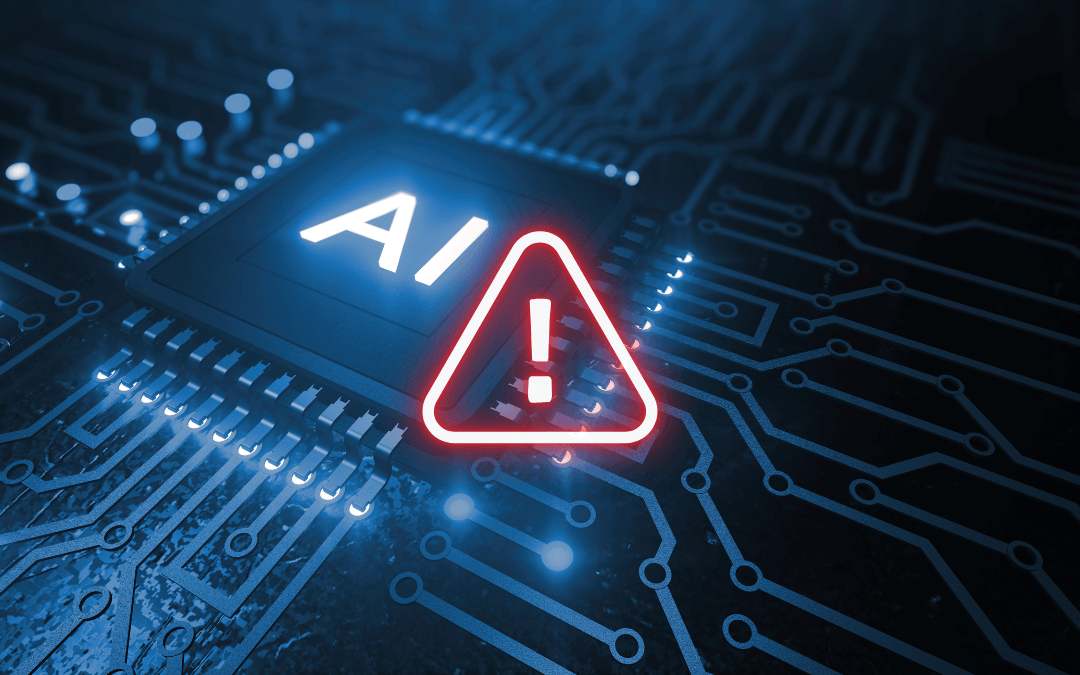A critical AI data leak in Asana’s Model Context Protocol (MCP) feature, discovered on June 4, 2025, exposed sensitive customer data, including tasks, project metadata, and files, across organizations. The logic flaw in the MCP server allowed cross-tenant access, prompting Asana to urge admins to review logs and restrict integrations. This AI data leak highlights the risks of AI-driven tools without robust security, demanding immediate action to secure systems.
Tackling the AI Data Leak Crisis
Understanding the Asana MCP Flaw
The Model Context Protocol (MCP) is a cutting-edge feature designed to enhance Asana’s integration with AI-driven tools, enabling seamless data sharing between internal systems and external large language models (LLMs) like those from OpenAI, Google, or Microsoft. By facilitating real-time data exchange, MCP allows AI models to provide contextual insights, automate workflows, and enhance productivity. However, a logic flaw in the MCP server’s implementation compromised its access control mechanisms, enabling cross-tenant data leakage. This meant that users in one organization could inadvertently access sensitive data from another organization’s Asana instance, depending on their access permissions.
The exposed data types are particularly concerning due to their sensitivity:
- Task-Level Information: Details about individual tasks, including descriptions, deadlines, and assignees.
- Project Metadata: Structural data about projects, such as goals, timelines, and dependencies.
- Team Details: Information about team structures, roles, and memberships.
- Comments and Discussions: Internal communications that may contain proprietary or confidential information.
- Uploaded Files: Documents, images, or other files attached to tasks or projects, potentially including sensitive business records.
While Asana confirmed that the flaw was not exploited by malicious actors, its month-long undetected presence raises alarms about the potential scale of exposure. Organizations using Asana’s MCP feature, particularly those with lax access controls, face risks of data breaches, intellectual property theft, or regulatory violations under frameworks like GDPR or CCPA.
Why AI Data Leaks Are Happening
The AI data leak in Asana’s MCP feature stems from a logic flaw rooted in insufficient validation of data access boundaries. MCP’s architecture, designed to bridge organizational systems with external AI services, introduces significant complexity. This complexity can lead to oversights in access control, especially when user access scopes are not tightly enforced. For example, the flaw likely allowed the MCP server to misinterpret tenant boundaries, granting users access to data outside their authorized scope.
Several factors contributed to this vulnerability:
- Rapid AI Adoption: The SaaS industry’s rush to integrate AI features, driven by competitive pressures, often outpaces rigorous security testing. Companies like Asana are under pressure to deliver innovative tools to stay ahead, sometimes at the expense of thorough validation.
- Lack of Standardized Security Controls: MCP’s open architecture, supported by major AI providers like OpenAI, Google, and Microsoft, lacks unified security standards. This leaves individual implementations vulnerable to errors, as seen in Asana’s case.
- Inadequate Monitoring: The flaw went undetected for over a month, suggesting deficiencies in logging or real-time monitoring. Without robust monitoring, such vulnerabilities can persist, increasing the risk of exposure.
- Complexity of AI Integrations: AI-driven systems like MCP require seamless data flow between disparate platforms, which can introduce hidden risks if access controls are not meticulously designed and tested.
This incident reflects a broader challenge in the SaaS industry: securing AI integrations that handle sensitive data. As AI becomes ubiquitous in enterprise software, the potential for AI data leaks grows, particularly when platforms prioritize functionality over security.
The Broader Implications of AI Data Leaks
The Asana MCP flaw is not an isolated incident but part of a growing trend of AI-related vulnerabilities. In 2024, over 600 data exposure incidents were linked to misconfigured AI integrations, according to industry reports, a 35% increase from the previous year. These incidents often involve cross-tenant data leaks, where data from one organization is inadvertently exposed to another, as seen in similar flaws in platforms like Salesforce and Microsoft Teams.
The consequences of such leaks are severe:
- Data Breaches: Exposed data can be accessed by unauthorized users, leading to breaches that compromise customer trust and trigger regulatory penalties.
- Intellectual Property Theft: Proprietary project details or uploaded files could be stolen, impacting competitive advantage.
- Regulatory Non-Compliance: Organizations may face fines under data protection laws like GDPR, CCPA, or HIPAA if sensitive data is exposed.
- Reputational Damage: Publicized data leaks can erode customer confidence and harm brand reputation.
As AI adoption accelerates—projected to power 70% of SaaS platforms by 2030—the attack surface for cybercriminals will expand. The Asana incident highlights the need for organizations to prioritize security in AI-driven features, especially those handling cross-organizational data.
Actionable Steps to Mitigate AI Data Leaks
To protect against the Asana MCP flaw and similar AI data leak incidents, organizations must act swiftly. Here are five actionable steps to secure your systems:
- Review MCP Access Logs: Asana recommends that administrators immediately check MCP access logs for unauthorized activity. Look for anomalies, such as unexpected user access or data retrieval from other tenants, to identify potential exposure.
- Restrict LLM Integrations: Limit or disable integrations with external large language models until the MCP flaw is fully patched. This reduces the risk of further data leakage through AI-driven workflows.
- Pause Auto-Reconnections: Disable automatic reconnections in MCP to prevent unintended data sharing. Manually review and reauthorize connections after confirming security patches are applied.
- Implement Strong Access Controls: Enforce strict access scopes for all users and integrations. Use role-based access control (RBAC) to ensure users only access data within their organization’s tenant.
- Enhance Monitoring and Auditing: Deploy real-time monitoring tools to detect unusual data access patterns. Regular audits of AI integrations can identify misconfigurations before they lead to AI data leak.
Protect Your Organization’s Sensitive Data
Protect your organization’s sensitive data! Review your Asana MCP access logs immediately, restrict LLM integrations, and pause auto-reconnections as recommended. Stay ahead of cybersecurity risks by subscribing to our blog for the latest updates and expert insights to safeguard your systems. Click here to read more.

